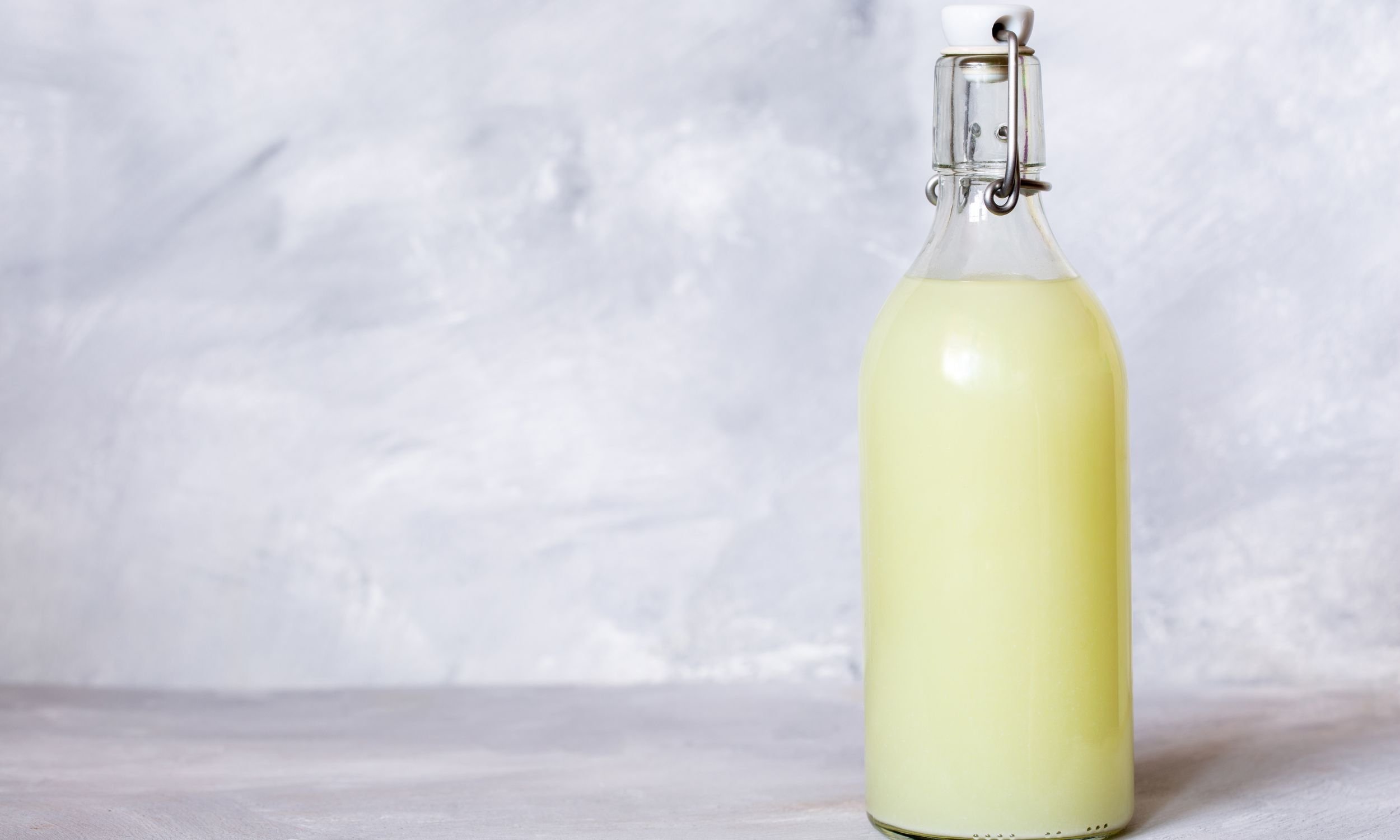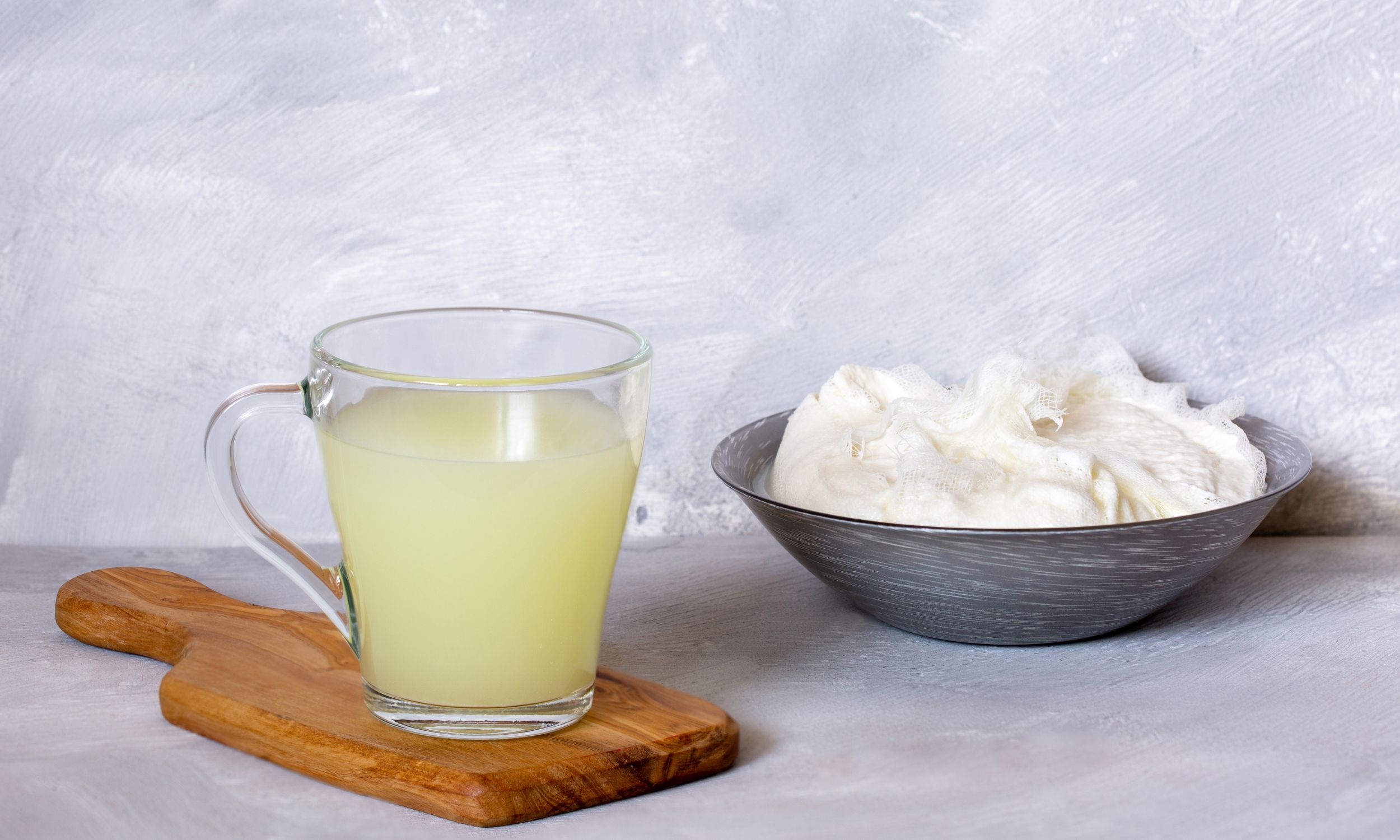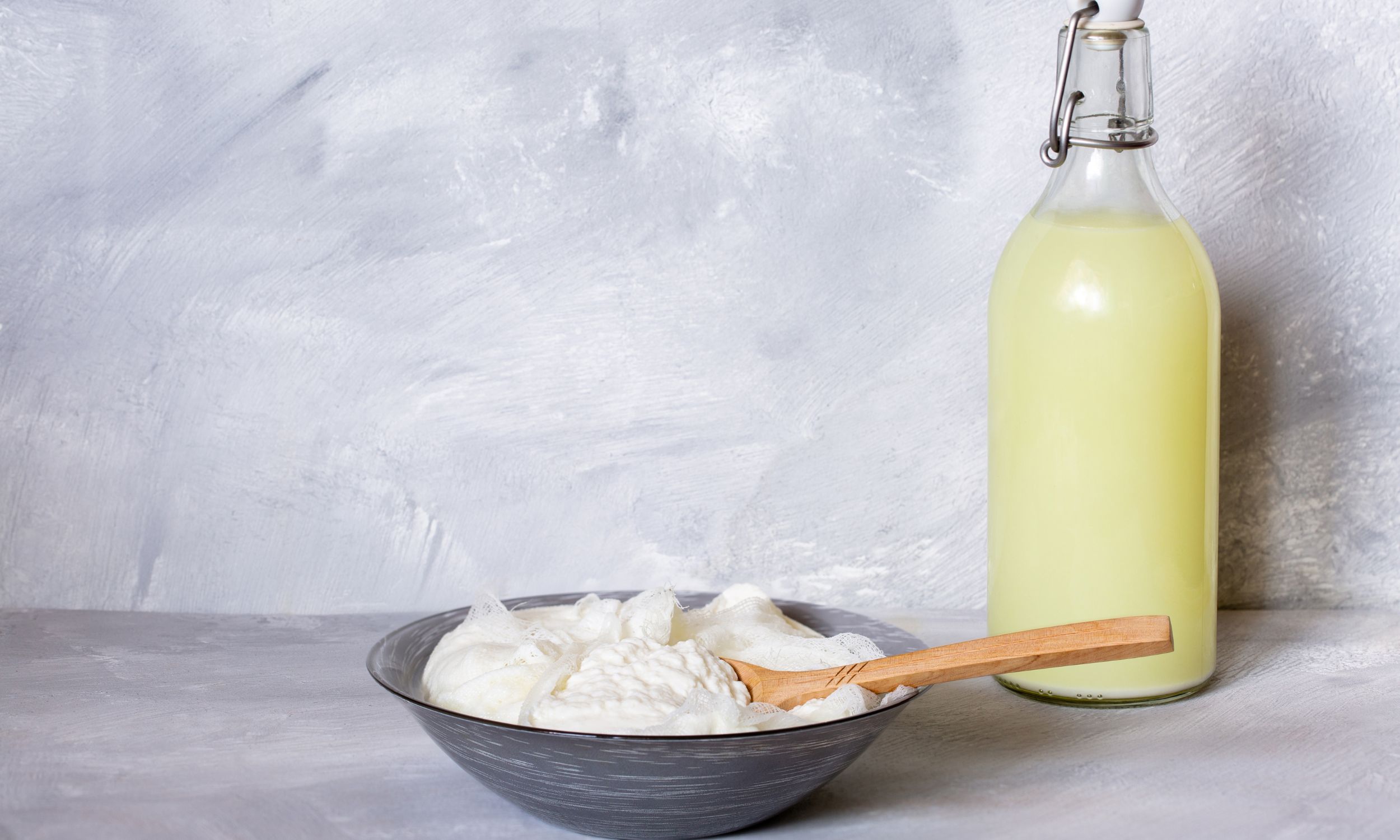What to do with Whey
Whey is a liquid that separates from milk during the cheese-making process. It is high in protein and low in fat, making it a popular choice for athletes and bodybuilders. There are several ways to use whey, including drinking it, using it in smoothies, or baking with it.
Whey can also be added to soups or sauces to boost their protein content. When baking with whey, it is important to remember that it contains lactose, so people with lactose intolerance may want to avoid it. Whey is a versatile ingredient that can be used in many different ways. So experiment and see what works best for you.
Disclosure: Some of the links below are affiliate links, meaning, at no additional cost to you, I will earn a commission if you click through and make a purchase.
What is Whey?
Whey is the cloudy, yellowish liquid that is leftover after milk is curdled. It’s packed full of protein, vitamins, minerals, and enzymes.
There are two kinds of whey that you will encounter in your home dairying adventures:
1. Acid Whey- the whey resulting from cheese in which an acid (like vinegar or lemon juice) has been added to aid in the curdling process. (Some types of mozzarella, lemon cheese, or farmer’s cheese).
2. Sweet Whey– the whey resulting from cheese that is cultured or curdled with rennet instead of additional acid. (Like soft cheeses and traditional mozzarella.)
If you want to get technical, Sweet whey has a pH greater than or equal to 5.6; acid whey has a pH less than or equal to 5.1.
There are SO many uses for whey, it’ll make your head spin!
(Please note: real whey is not the same as the powdered “whey” sold in health food stores. They are not interchangeable. )

How to use Left Over Whey
1. Substitute whey in any baking recipe that calls for water (or even milk). I love making fresh breads and rolls with my leftover whey. Also try it in cornbread, pancakes, waffles, muffins, homemade biscuits, homemade tortillas, and more!
2. Use whey to lacto-ferment vegetables, condiments, sauerkraut, chutneys, jams, etc. This is an area that I have yet to really explore, but it’s on my list! This is an incredibly healthful form of preservation that increases the nutritional value of so many things. Check out the book Nourishing Traditions for more info on this topic. (It is important to use raw whey when you lacto-ferment– not acid whey or cooked whey.)
3. Use whey to soak grains, Nourishing Traditions style. Depending on your recipe, several tablespoons or more can be added to your grain and legume preparations to make them more digestible.
4. Freeze it for later. If you anticipate a milk-less time of year (perhaps when your animals are dried up), you can easily freeze whey for future use. Try putting it in ice cube trays or small cups to make the proper portion sizes. Then pop out the frozen cubes and store in a baggie.

5. Use whey to cook pastas, potatoes, oatmeal, or rice. Boiling the whey will cause it to lose its raw properties. However, if you feel like you are drowning in whey, this is a wonderful way to use it up and add extra flavor to the foods.
6. Add whey to soups and stews. Perhaps it could take the place of some of your homemade stock or broth?
7. Add whey to homemade fruit smoothies, fruit slushies, or milkshakes. The sky is the limit when it comes to all the flavor combos you can make.
8. Make ricotta. Ricotta cheese is traditionally made from whey. And it’s so incredibly easy! However, this will require the whey to be heated to 200 degrees, so all the raw enzymes will be lost. Here is my homemade ricotta recipe. I like to make ricotta when I have gallons of extra whey, and then I freeze it for making lasagna later.
9. Feed extra whey to the farm critters. Our chickens love it and so do pigs.
10. Make a whey marinade. Add your favorite spices and seasonings (garlic, salt, pepper, maybe some rosemary…Yum!) to the whey and allow it to marinate your steaks, chicken, fish, or pork chops. The enzymes in the whey help to break down the meat and add flavor.
How long does whey last?
Whey can be placed in a covered container in your refrigerator, where it will keep for several months. It can also be frozen and used later

So next time you have some whey left over from making cheese or yogurt, put it to good use! There are plenty of ways to incorporate it into your cooking and baking.

